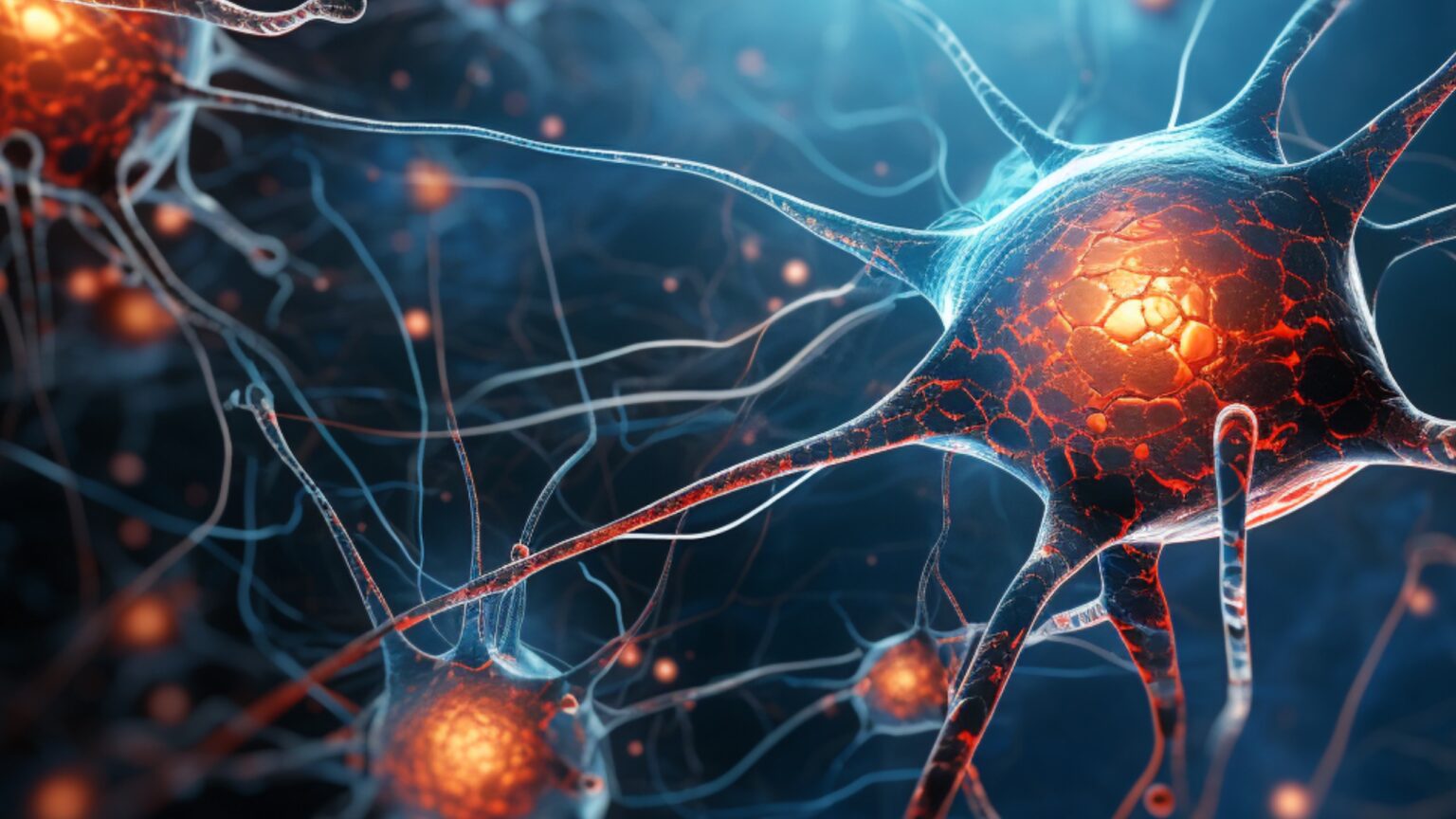In a recent study, scientists at Indiana University Bloomington successfully employed human brain cells to perform rudimentary speech recognition, marking a significant stride in artificial intelligence.
This innovative approach utilizes brain organoids, tiny clusters of nerve cells, in conjunction with a computer to recognize human speech with increasing accuracy.
Also read: Too Much Interaction with AI Causes Insomnia: Study
The birth of “Brainoware”
According to the study, Feng Guo and his team have developed a system they call “Brainoware.” This system involves growing brain organoids, essentially mini-brains, from stem cells. These organoids, which take about two to three months to grow and can contain up to 100 million nerve cells, are placed on a microelectrode array.
This array sends electrical signals to the organoid and detects responses from the nerve cells. Previously, in March, Guo’s team had utilized this system for solving Hénon map equations, but the focus has now shifted to speech recognition.
For the speech recognition task, the organoids were trained to identify an individual’s voice from a set of 240 audio clips featuring eight people pronouncing Japanese vowel sounds. The clips were transmitted to the organoids as signals in spatial patterns. Initially, the organoids’ response accuracy was between 30 and 40 percent, but after two training sessions, their accuracy impressively increased to 70 and 80 percent.
Unsupervised learning and its implications
Guo highlights the significance of adaptive learning in this process. Remarkably, the training involved no feedback mechanism to inform the organoids of their accuracy, a method known in AI as unsupervised learning. This aspect of the study underscores the potential of brain organoids for learning and adapting without external guidance.
However, the research also revealed a critical factor: the presence of a drug that inhibited new connections between nerve cells resulted in no improvement in the organoids’ performance. This finding emphasizes the importance of neural connectivity in the learning process of brain cells.
The research by Guo’s team is part of a broader exploration into biocomputing. This field seeks to overcome the limitations of conventional AI, such as high energy consumption and the inherent restrictions of silicon chips. Similarly, Cortical Labs in Australia has been teaching brain cells to play the video game Pong, showcasing the diverse potential of biocomputing.
Ethical considerations and future challenges
As these mini-brains edge closer to performing complex AI tasks, the question arises: Is using complex mini-brains for artificial intelligence ethical? This pivotal query underscores the need to consider the moral implications of such advanced biotechnological research carefully.
Titouan Parcollet, a researcher at the University of Cambridge, acknowledges the potential of biocomputing but also points out the current limitations. He notes that the task accomplished by Guo’s team is relatively simple, merely identifying who is speaking, not the content of the speech. From a speech recognition perspective, the results, while interesting, are not yet promising.
“The results aren’t really promising from the speech recognition perspective,” says Parcollet.
Another major challenge facing Brainoware is the lifespan of the organoids. Currently, they can only be maintained for one to two months. Guo and his team are working on extending this, as overcoming this limitation is crucial for applying such technology to AI computing.
“If we want to harness the computation power of organoids for AI computing, we really need to address those limitations.”









 and then
and then